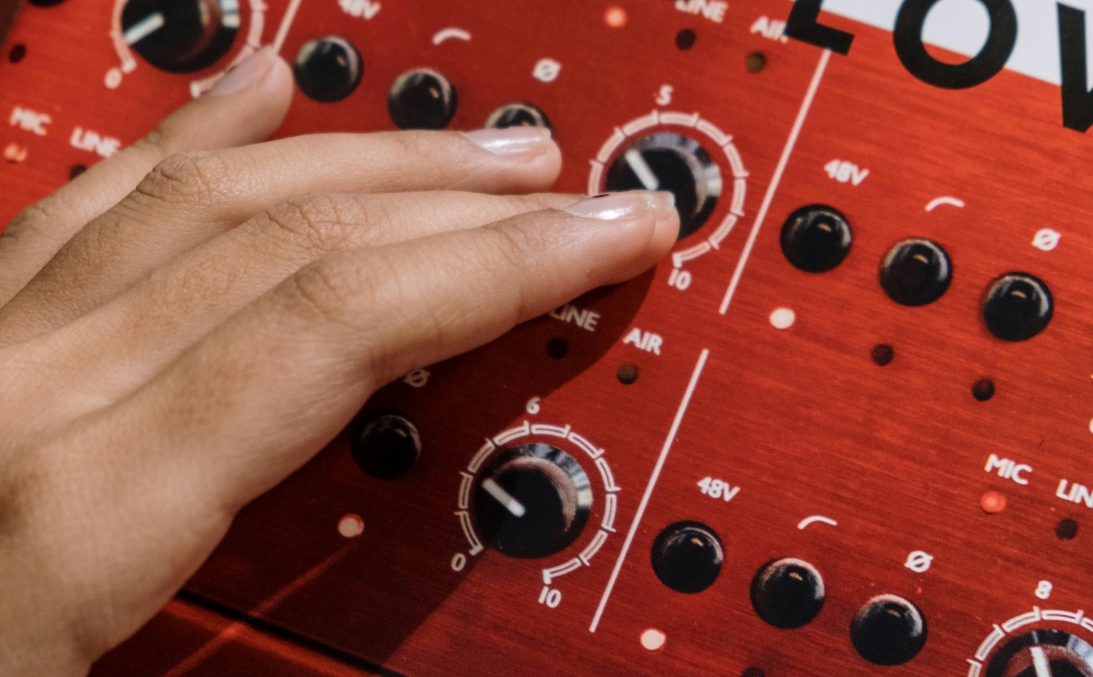
A Comprehensive Guide to Mixing Music: The Art and Science of Creating Perfect Sound
Mixing music is one of the most essential and artistic stages of music production, significantly impacting the final quality and appeal of a track. In this article, we’ll provide a practical and detailed explanation of music mixing, its importance, tools, and key techniques.
What is Music Mixing?
Music mixing is the process of combining all the audio layers of a track (including vocals, instruments, effects, and more) to create a cohesive, clear, and professional sound. The primary goal of mixing is to enhance audio quality and deliver an enjoyable listening experience for the audience.
Why is Music Mixing Important?
Mixing music can transform a simple track into a professional masterpiece. Its importance lies in the following aspects:
- Balancing Sounds: Ensures all elements in the track are heard clearly.
- Creating an Audio Space: Builds an atmosphere suited to the music genre using effects and adjustments.
- Clarity: Reduces noise and optimizes frequencies for a clean and captivating sound.
Essential Tools for Music Mixing
To start mixing music, the following tools are essential:
- DAW (Digital Audio Workstation): Software like Logic Pro, Ableton Live, or FL Studio for editing and mixing.
- Monitoring Equipment: Studio monitors or professional headphones for accurate sound playback.
- Plugins: Digital tools for applying effects, adjusting frequencies, and controlling dynamics.
Steps in the Music Mixing Process
-
Preparing the Project:
- Organize the track layers.
- Label and adjust the levels of each sound.
-
Gain Staging:
- Set the input levels to reduce noise and distortion.
-
Equalization (EQ):
- Remove unwanted frequencies and enhance important ones.
-
Compression:
- Control the dynamics of the sounds for a balanced output.
-
Panning:
- Distribute sounds across the stereo field to create depth and separation.
-
Adding Effects:
- Use effects like reverb, delay, and distortion to enhance the track’s character.
-
Mix Bus Processing:
- Apply final processing to make the overall mix polished and cohesive.
Tips for Professional Music Mixing
- Less is More: Overusing effects can make the track sound artificial.
- Use References: Listen to professionally mixed tracks in a similar genre for comparison.
- Take Ear Breaks: Rest your ears between sessions for better accuracy.
Recommended Resources for Learning Mixing
- YouTube Channels: Pensado's Place and Produce Like a Pro.
- Online Courses: Platforms like Udemy and Coursera.
Conclusion
Music mixing is a blend of creativity and technical knowledge that improves with practice and experience. By mastering the basics and using the right tools, you can create high-quality, impactful tracks.
If you’re looking for further guidance on music mixing, feel free to ask your questions or share your thoughts!


